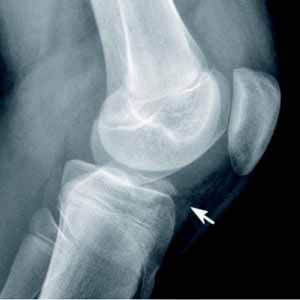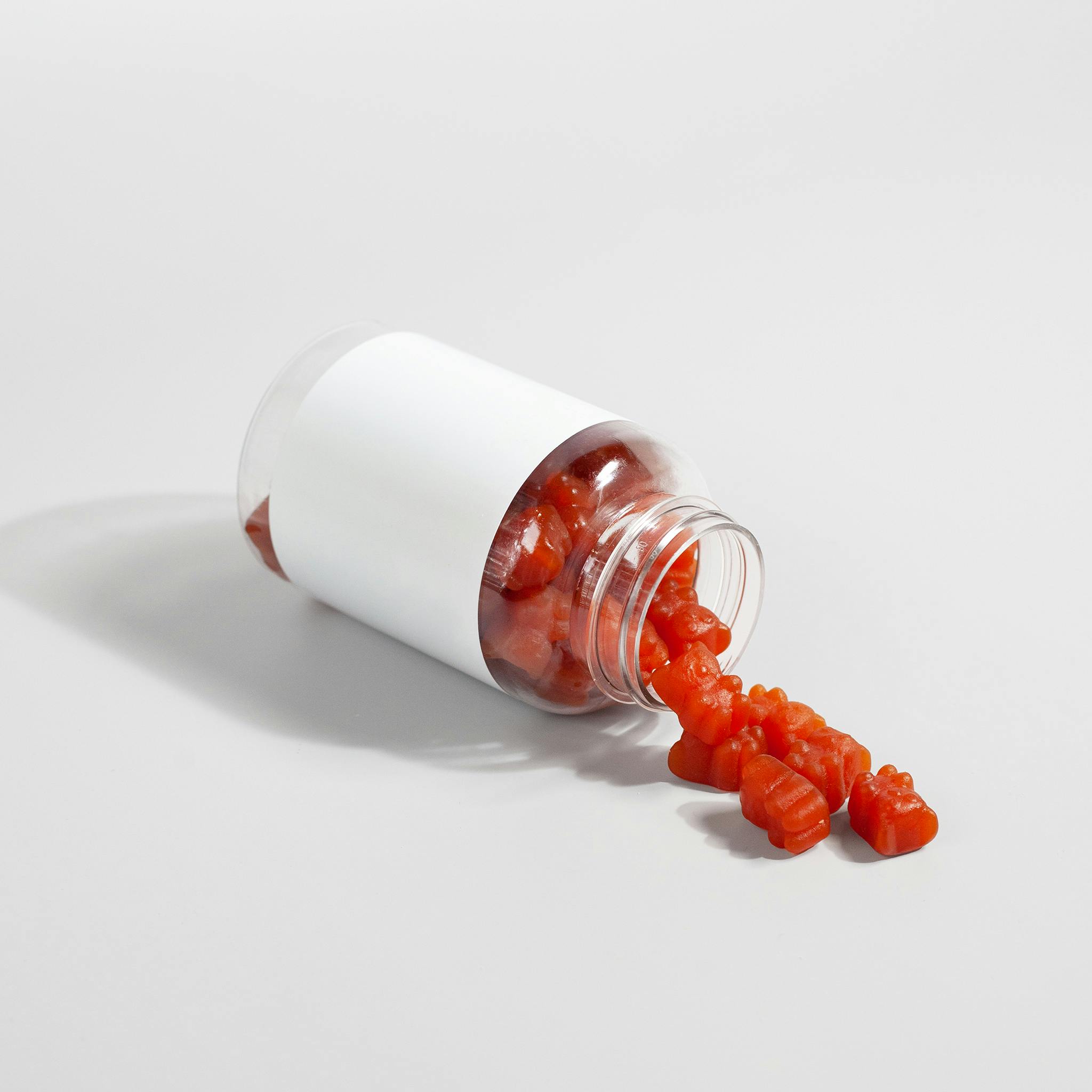Arthroscopic treatment of tibial intercondylar eminence fractures in skeletally immature patients with bioabsorbable nails

All claims expressed in this article are solely those of the authors and do not necessarily represent those of their affiliated organizations, or those of the publisher, the editors and the reviewers. Any product that may be evaluated in this article or claim that may be made by its manufacturer is not guaranteed or endorsed by the publisher.
Authors
Fractures involving tibial eminence caused by ACL avulsion lesion most frequently occur paediatric patients. Satisfactory reduction in displaced fractures cannot be achieved through conservative treatment, while arthroscopy-assisted fixation technique represents the gold standard to reduce and to fix articular fractures and several effective implants have been used to treat this kind of fractures. In our retrospective study, we proposed a different arthroscopic technique to fix Type II and Type III tibial eminence fractures by using bioabsorbable nails. Nineteen patients, aged 6 to 13 years were treated with arthroscopic reduction and fixation of the fragment using bioabsorbable nails. At 6-month follow-up, all patients showed a decrease of less than 2mm of the anterior edge. All patients at maximum follow-up reached a full knee flexion/extension. IKDC subjective mean score at six-month was 88.14.2 points (range 80-95; p<0.01). For what concerns the Tegner Activity Scale, the mean value of 5.51 (range 3-7) prior to the surgery changed into 5.10.9 (range 3-6) at 6 months. No inflammatory reactions were reported and all fractures healed without complications. The objective IKDC grade A was reported in 18 patients and grade B in one patient, having a “nearly normal” range of motion item (92% compared to contralateral). Results can be compared to other surgical procedures described in the literature, having the same fast learning curve increase and limited complications, beside the fact that a second operation for metallic implants removal was avoided.
How to Cite

This work is licensed under a Creative Commons Attribution-NonCommercial 4.0 International License.
PAGEPress has chosen to apply the Creative Commons Attribution NonCommercial 4.0 International License (CC BY-NC 4.0) to all manuscripts to be published.










